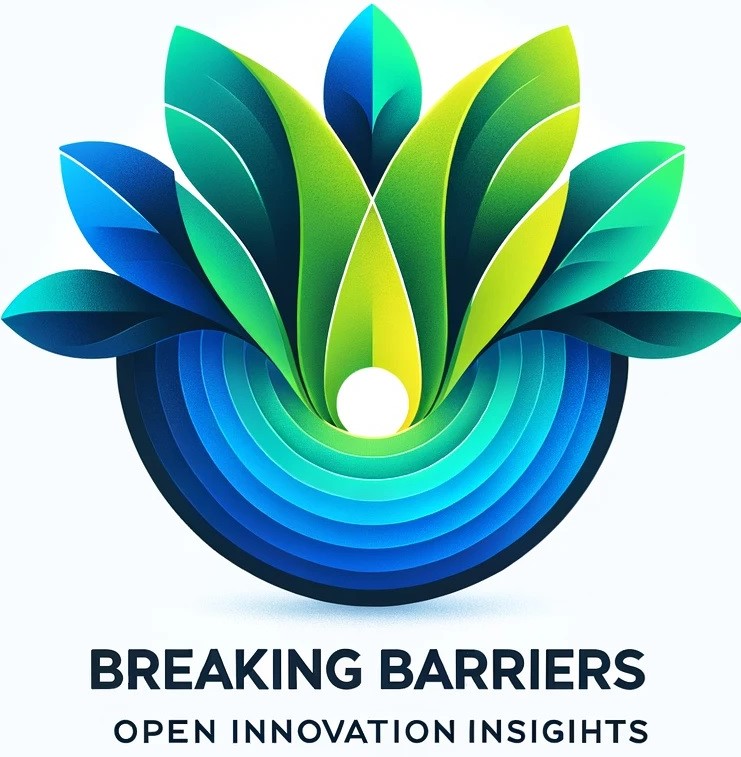Growing up in a family of educators in India, I often stopped by my late father’s department between my engineering classes. His office was next to the engineering college at Aligarh Muslim University, where he served as Chairman and Professor. I vividly remember seeing him deep in thought after his lectures, reflecting on what he had just taught and thinking about new ways to enhance learning for his students. He believed that knowledge is never static—it evolves, and so must we. His dedication to education left a lasting imprint on me.
Today, his legacy lives not just in the lives he influenced but also through the research center dedicated to his memory at the university where he spent his life teaching and mentoring. His deep belief in lifelong learning and building on what we already know is something I carry with me daily—both in my learning and now also in guiding AI leaders on their journey.
I often recall his words to me and my siblings: “A teacher is just a senior student, someone who happens to know a little more but continues to learn throughout life. In fact, a teacher learns just as much from their students as they do from them.“
That perspective continues to shape how I approach learning, leadership, and the ever-evolving world of AI.
Recently, as I wrapped up a session with an inspiring group of AI leaders, I was reminded of this very principle: when faced with new challenges, we instinctively fall back on the qualities and traits that have always guided us—curiosity, resilience, and the ability to adapt.
You already bring deep knowledge and experience as leaders in your respective industries. You understand the nuances of your field, the challenges, the opportunities, and what drives value. That experience is your strongest asset in AI leadership. The key is to leverage what you know and pivot—integrating AI into your strategic thinking with confidence.
For those leading AI-driven transformation, here are three key areas that will help you build a solid foundation and steer AI initiatives with clarity and purpose:
AI Literacy & Strategic Alignment
Why? AI is not just a technical tool—it’s a business enabler. Leaders must understand AI’s capabilities, trends, and limitations to align AI investments with tangible business outcomes. Their deep industry expertise plays a crucial role in ensuring AI is applied to the right challenges and opportunities.
Key Focus:
- Develop a strategic AI vision that ties directly to business goals. Leaders who understand their industry’s nuances can identify where AI can drive the most impact—improving patient diagnostics in healthcare, enhancing fraud detection in finance, or optimizing supply chains in manufacturing.
- Understand AI’s capabilities and limitations (e.g., GenAI, predictive analytics, automation). Industry leaders can bridge the gap between technical teams and business priorities by recognizing how AI technologies fit within existing workflows. For example, a retail executive might leverage AI for personalized customer recommendations while knowing that AI cannot fully replace human-driven merchandising decisions.
- Learn to communicate AI’s value across the organization in simple, actionable terms. Leaders must translate AI’s potential into business language that resonates with stakeholders. A banking executive, for instance, might explain AI-driven risk assessment to compliance teams in terms of improved regulatory adherence rather than just algorithmic sophistication.
- Identify quick wins to demonstrate AI’s impact early on. Industry knowledge helps pinpoint low-hanging fruit where AI can deliver fast results. A logistics leader might focus on AI-powered route optimization, showing early cost savings before scaling AI-driven demand forecasting.
Responsible AI & Governance
Why? Trust in AI is non-negotiable. Ethical, transparent, and compliant AI is essential for sustainable success and regulatory adherence. Leaders’ industry expertise ensures AI governance aligns with sector-specific ethical concerns and compliance requirements.
Key Focus:
- Implement ethical AI frameworks to address bias, fairness, and explainability. Leaders in regulated industries, such as healthcare or finance, must ensure AI models are free from bias, particularly in high-stakes applications like credit scoring or medical diagnoses. Their domain knowledge helps shape fairness criteria tailored to industry norms.
- Ensure data privacy and security (e.g., GDPR, CCPA compliance). Leaders well-versed in their industry’s regulatory landscape can proactively guide AI implementation within compliance frameworks. A marketing executive, for example, must ensure that AI-driven customer segmentation aligns with data protection laws.
- Establish AI governance with clear roles, decision-making structures, and accountability. Industry leaders can define governance structures that reflect operational realities. In manufacturing, a CIO might oversee AI-driven predictive maintenance while operations managers ensure frontline workers’ trust and adopt AI recommendations.
- Foster an AI-ready workforce by defining how humans and AI collaborate effectively. Leaders must guide workforce transformation by integrating AI without disrupting core expertise. In customer service, a telecom executive might introduce AI chatbots while ensuring human agents handle complex queries, striking the right balance between automation and personalization.
AI Adoption & Scaling for Business Impact
Why? The real value of AI comes from integrating it into business operations at scale. Success requires moving from experimentation to execution, and leaders’ expertise ensures AI is deployed in ways that maximize business impact while aligning with industry-specific challenges.
Key Focus:
- Transition from AI experiments to scalable, ROI-driven AI solutions. Leaders can identify which pilot projects are ready for scaling and which need refinement. For example, an insurance executive might recognize that AI-powered claims processing works well for routine cases but requires human oversight for complex claims.
- Build cross-functional teams that combine AI expertise with business domain knowledge. Industry leaders play a crucial role in ensuring AI teams work alongside business units. A retail leader, for instance, might pair AI engineers with merchandising experts to fine-tune demand forecasting models.
- Ensure data readiness—AI is only as good as the data that fuels it. Leaders who understand their industry’s data landscape can improve AI outcomes. A hospital administrator might ensure AI-driven diagnostics are trained on diverse patient data to improve accuracy across demographics.
- Create a culture of AI fluency and continuous learning across teams. Leaders must champion AI education within their organizations. A supply chain executive could encourage upskilling programs to help logistics teams understand AI-driven inventory management tools.
By mastering these three areas—AI literacy, responsible AI governance, and scalable AI adoption—you can confidently lead AI strategy by leveraging your industry expertise to align AI initiatives with real business needs. Your deep understanding of sector-specific challenges and opportunities will enable you to implement AI in ways that drive meaningful impact, ensure ethical and compliant usage, and seamlessly integrate AI into business operations for sustainable growth.
Your Leadership in AI Starts with What You Already Know.













